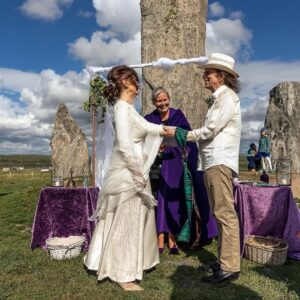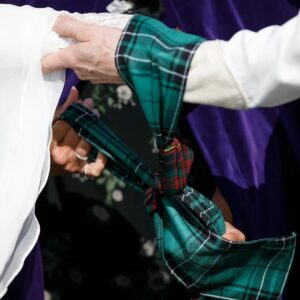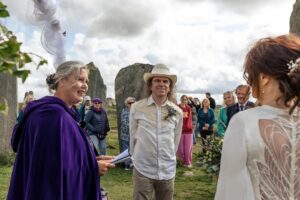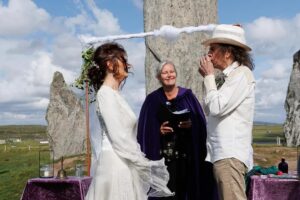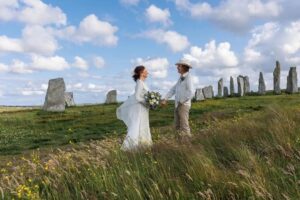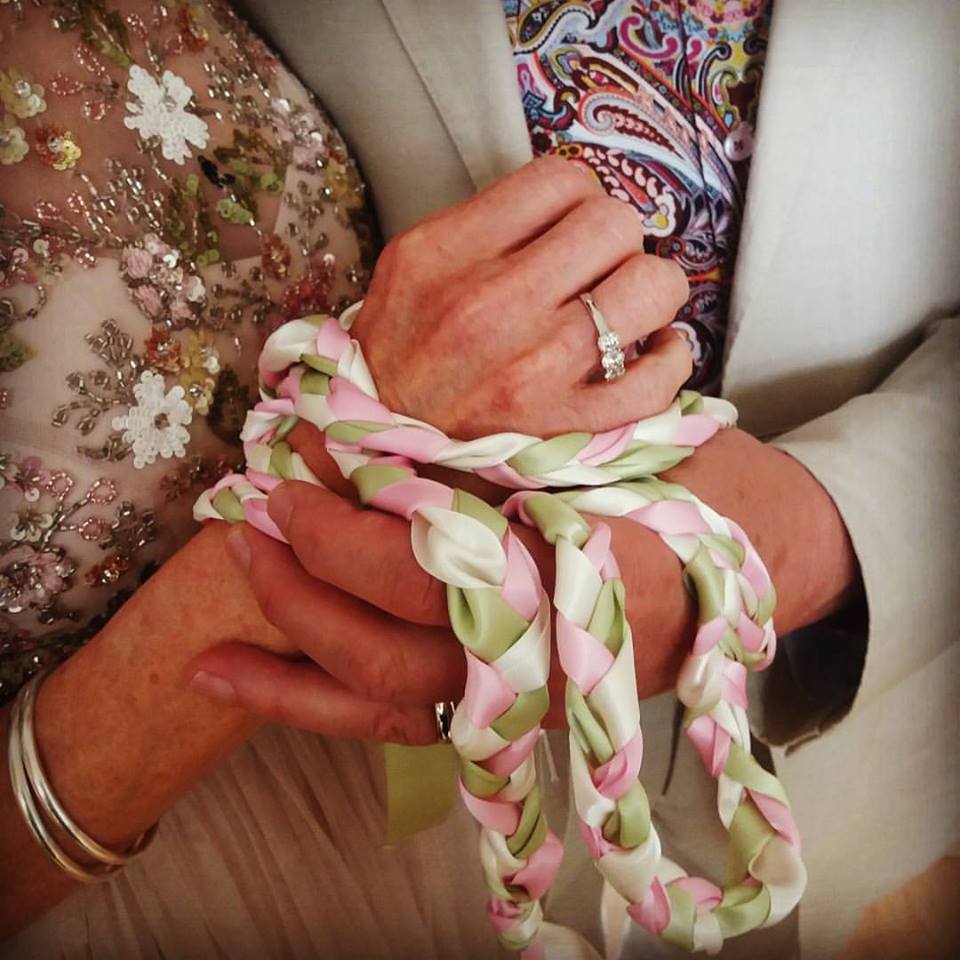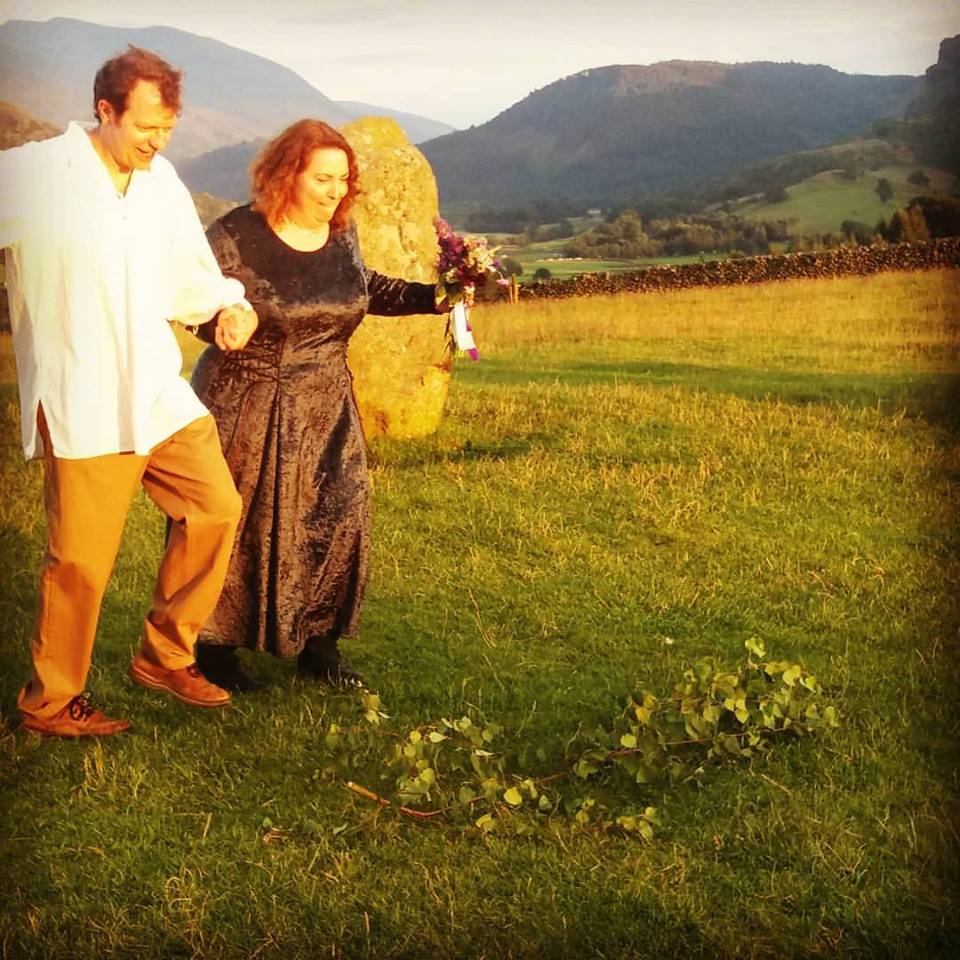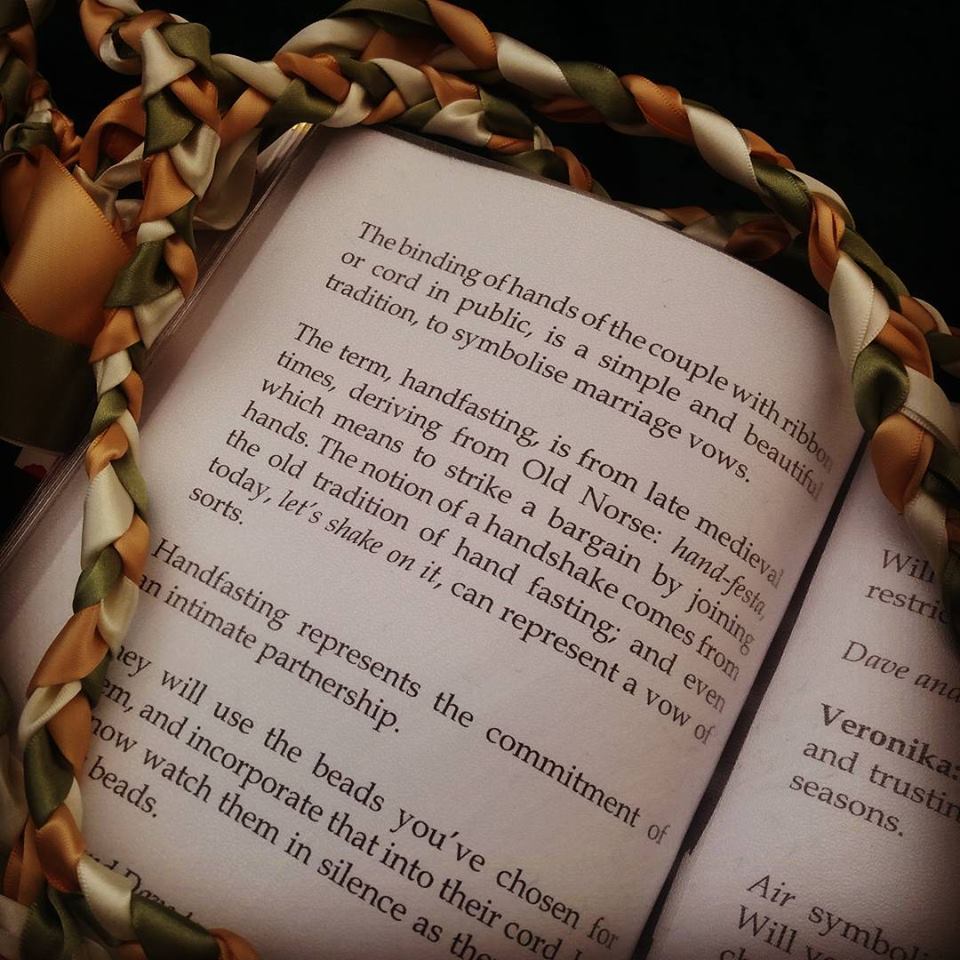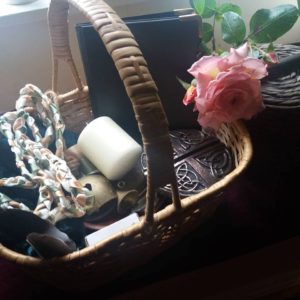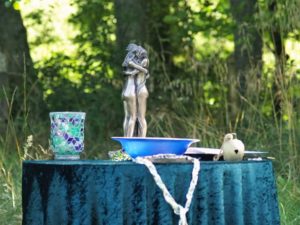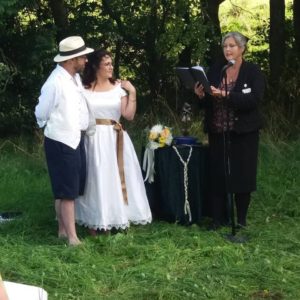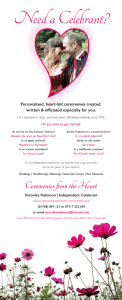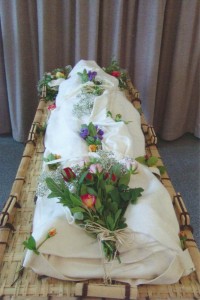Handfasting Ceremony at the Callanish Stones, Isle of Lewis, Outer Hebrides
Take one absolutely beautiful bride and groom from Australia. Add a four-year journey getting to know them (aka postponements due to you know what)… Set the ceremony at the World-famous Callanish Stones on the Isle of Lewis in the Outer Hebrides. Throw in 30km per hour winds to keep us on our toes. Be surrounded by valued friends and family (and interested tourists). All on the Summer Solstice…
What do you get? Magic and miracles. Love. Pure, gorgeous, life-affirming love.
Pam and Doug and I shared so many spiritual interests in common, and it felt like the stars truly aligned for us to come together as a wedding couple and a wedding celebrant. They had no idea when they booked me from Australia that I was also Australian (or how far I lived from their chosen wedding venue). But hey, I’m a celebrant, will travel!
I shall remember their gorgeous handfasting ceremony at the Callanish Stone Circle on the Summer Solstice for the rest of my life. Thank you Pam and Doug for sharing your photos with me, and for being such beautiful souls. You have truly touched my heart and my life in ways you can never begin to imagine. Thank you for being so inspiring.
Photography by Sandie Photos.
Veronika Robinson is a Heart-led Celebrant in Cumbria. She has had the immense pleasure of creating beautiful weddings since 1995, and still has a skip in her step each time she heads off to officiate a ceremony. Although her practice is based in Cumbria, she officiates from Cornwall to Callanish, and everywhere in between, including internationally. Veronika is an inclusive celebrant and practises discrimination-free celebrancy. Her officiating style is relaxed, authentic, friendly, warm, gentle, caring, and with natural humour. And if you like, she’s happy to wear Tamara, her beautiful velvet purple ceremonial cloak.


